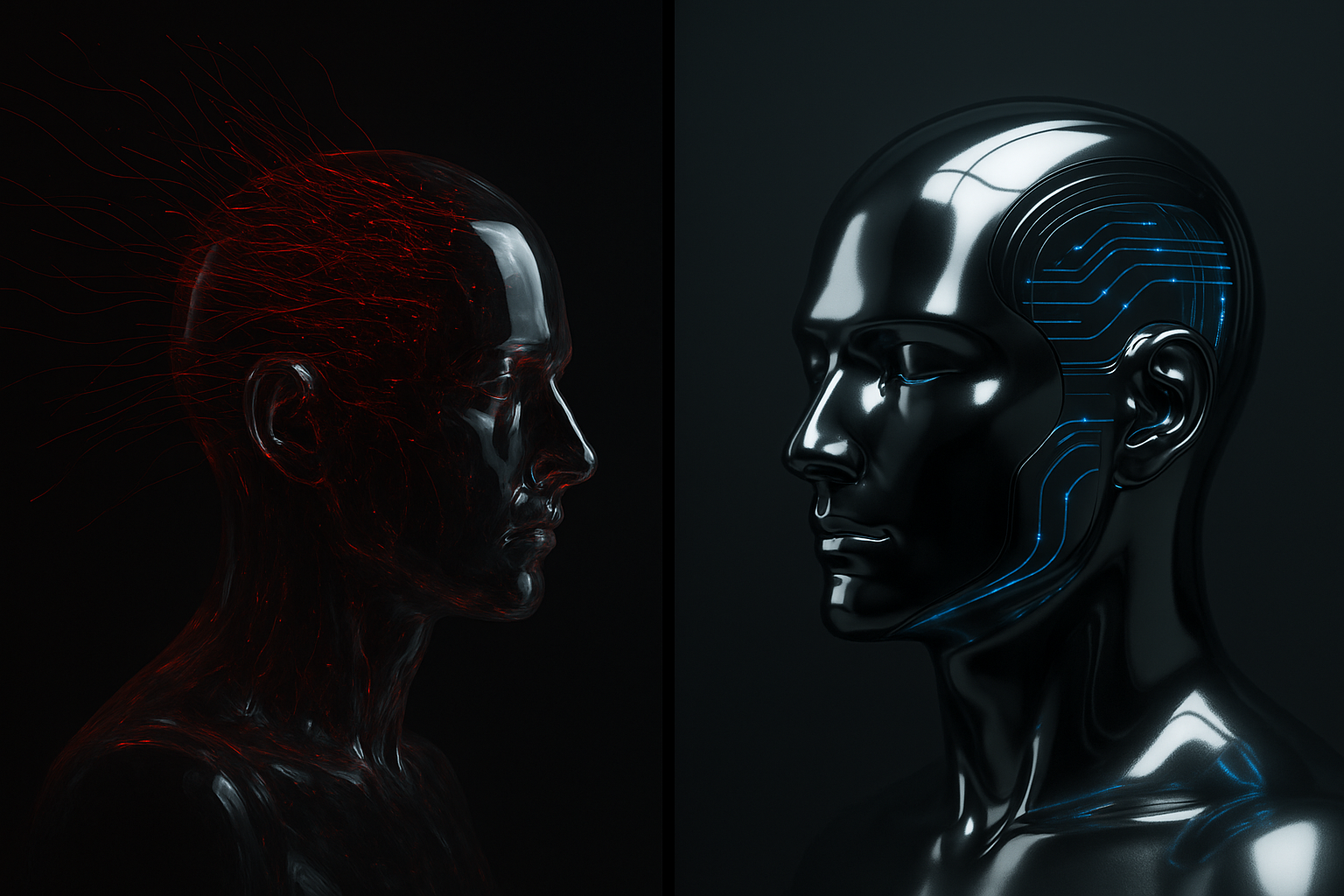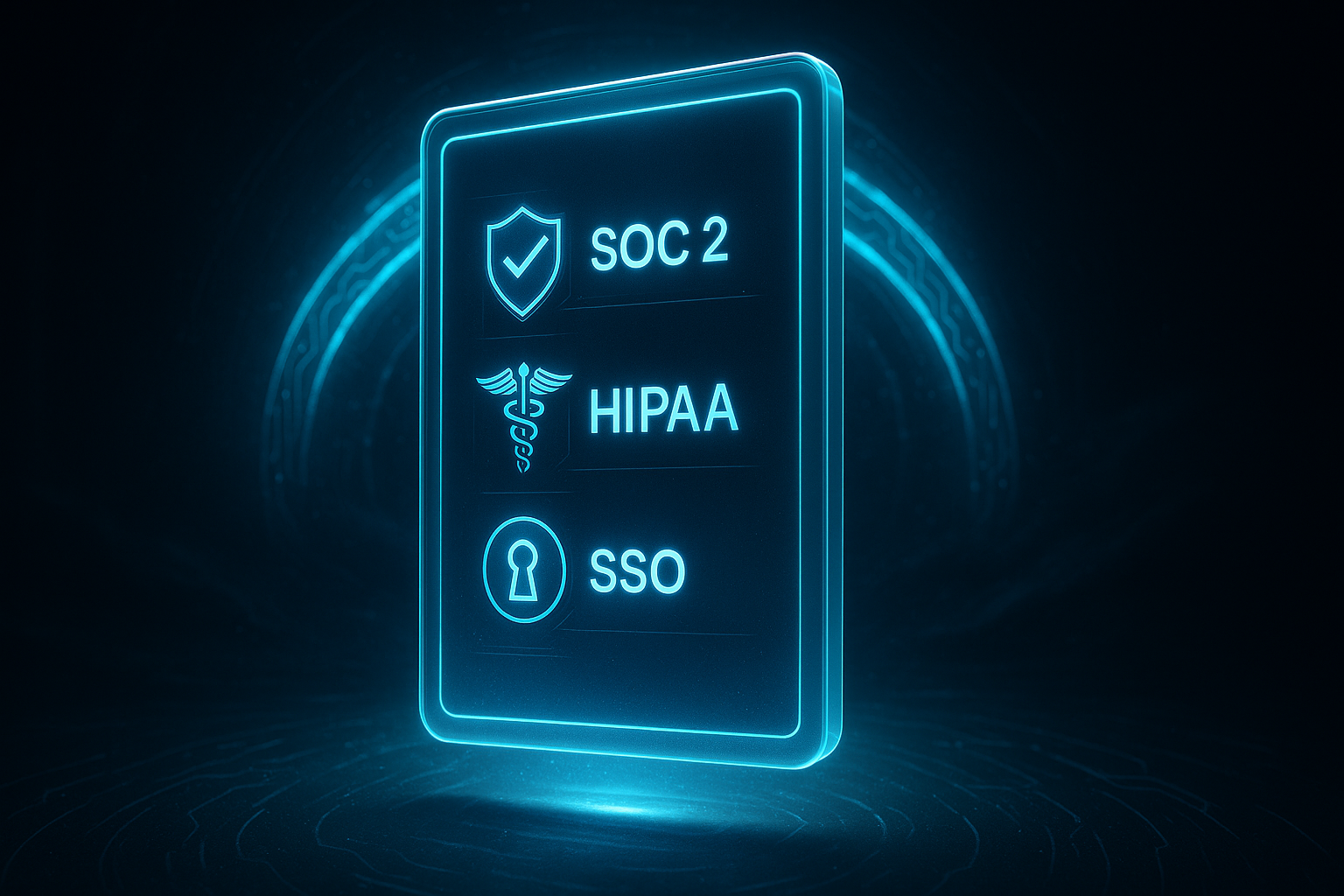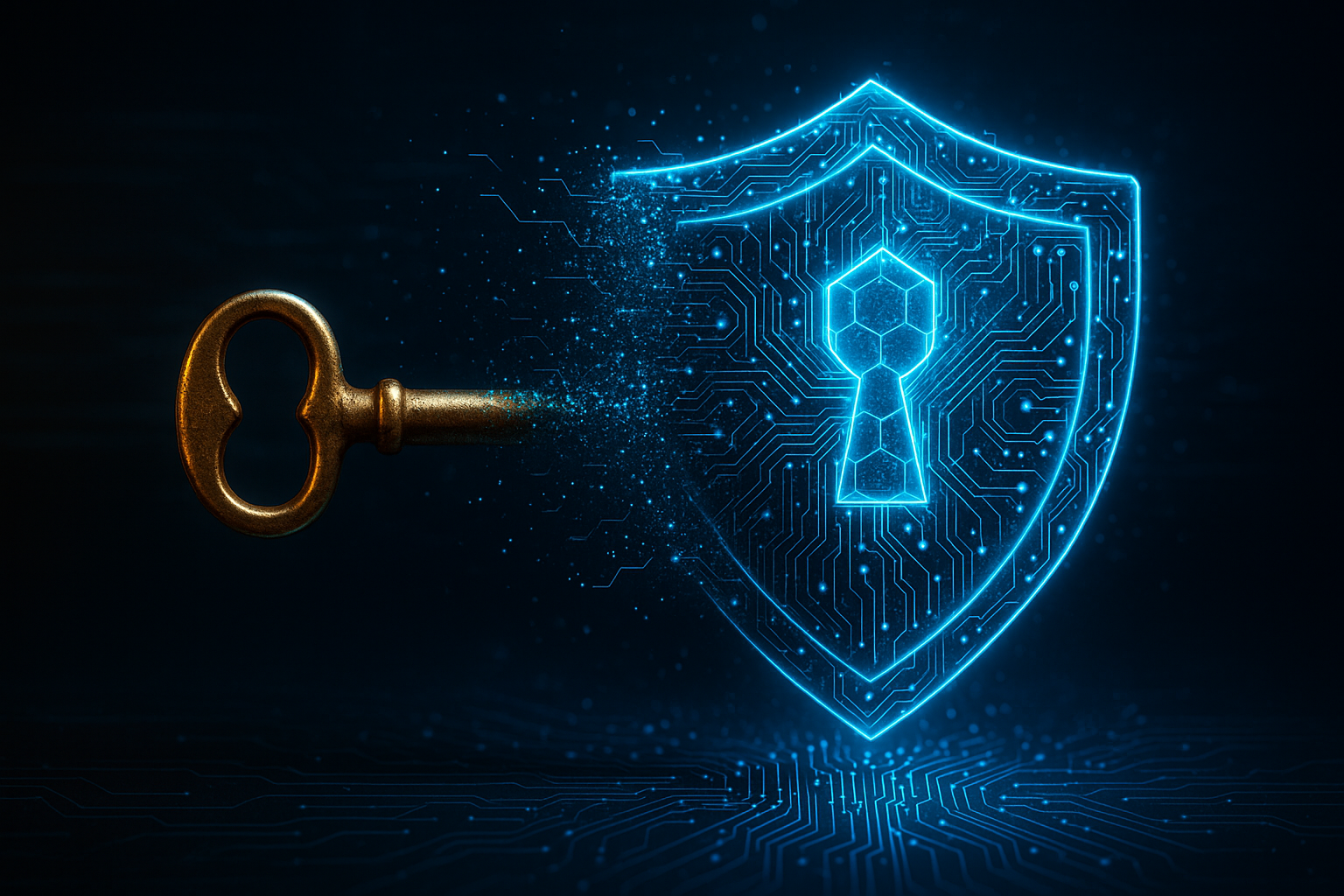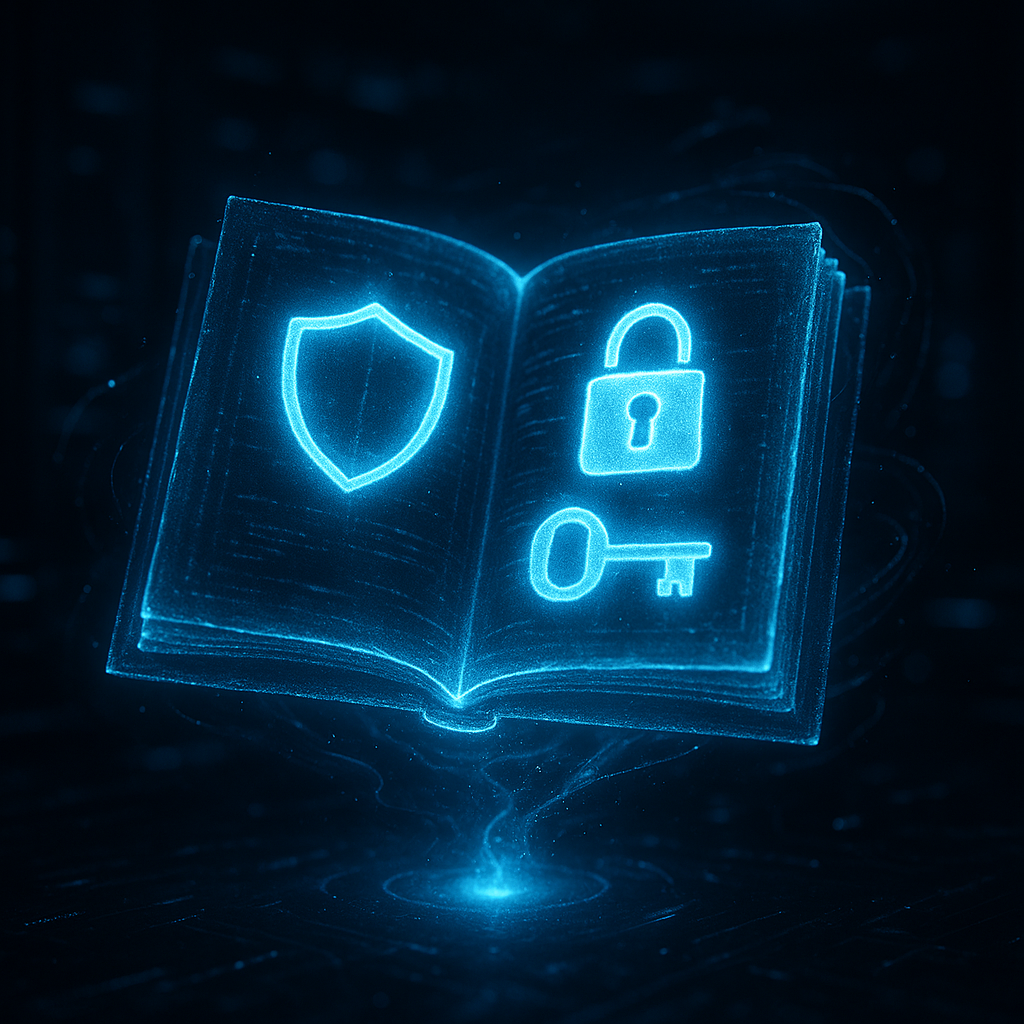
Your AI is Listening: How to Secure Your Digital Front Door in 60 Seconds
One of the most frequent and pressing questions clients ask is, “If I upload my confidential documents to an AI, who can see them?” It’s a valid concern. In a world where data is currency, ensuring the privacy of your sensitive information is non-negotiable. This post is the first in our four-part AI Privacy Playbook, designed to demystify AI security. We’ll start with the fundamentals: the robust protections built into major platforms and the single most crucial setting you must enable to secure your digital front door.
At its core, a platform like ChatGPT is designed with a strong security foundation. Your conversations are protected by safeguards like end-to-end encryption (TLS 1.2+), encryption at rest (AES-256), and isolated storage to prevent cross-user contamination. However, there’s one critical step you must take. By default, consumer AI accounts often have a setting like “Improve the model for everyone” turned ON. You must turn this setting off. This is the most important step to prevent your proprietary data from being used to train future models.
It’s important to be precise: opting out of model training does not mean your data is never logged. Platforms still perform necessary, temporary logging for safety, abuse monitoring, and operational stability, much like any other cloud service. But flipping that switch ensures your core intellectual property isn’t absorbed into the model itself. By taking this 60-second step, you’ve established a solid baseline for privacy. In our next post, we’ll explore the ways data can still leak, even with this control in place. To ensure your AI strategy is built on a secure foundation, reach out to Spark AI Strategy.

